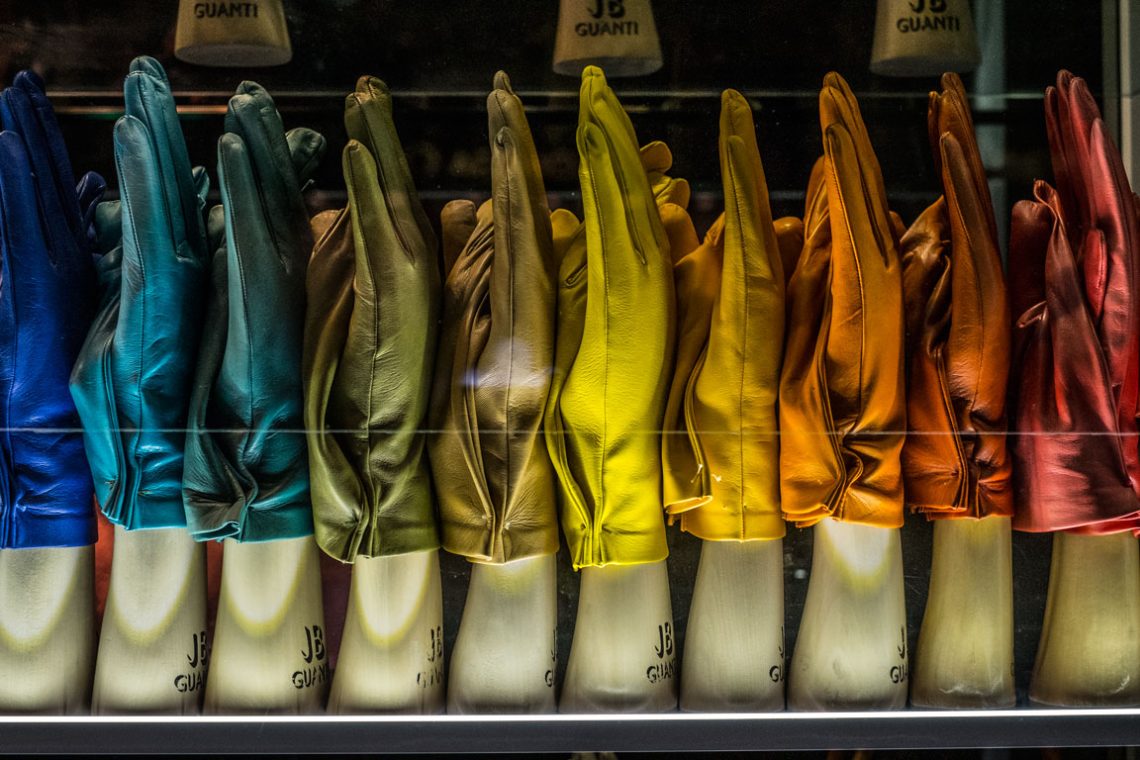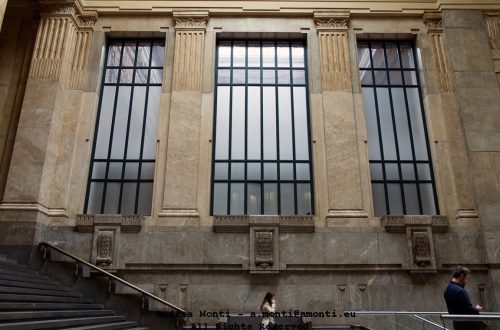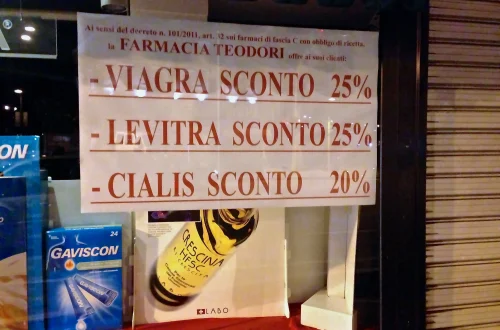
Belgian Gloves
There’s a certain satisfaction in encountering a composition that seems to have arranged itself for the camera, as though the visual world conspired to present its colours and forms in perfect order. Belgian Gloves offers just that: a tight row of leather gloves, each perched on a mannequin hand, marching in a perfect gradient from cool blues through greens, yellows, oranges, and finally deep reds. It is at once commercial display and chromatic study.
From a compositional perspective, the image benefits enormously from its frontal, symmetrical framing. By positioning the gloves parallel to the camera, the photographer creates a sense of order that invites the eye to travel along the spectrum without distraction. The repetition of the glove forms, broken only by the subtle differences in texture and shade, reinforces this rhythm. The base of each glove stand is uniformly lit and branded, anchoring the bottom of the frame and adding an understated visual weight.
Exposure is handled with precision. The gloves, which could easily have suffered from reflective glare given the probable presence of shop lighting and glass, are instead rendered with deep, even saturation. The shadows between them are just pronounced enough to create separation, while the highlights accentuate the supple sheen of the leather. The artificial lighting works to the photograph’s advantage here, enhancing the richness of each hue without bleaching the lighter tones.
Technically, this is a straightforward image—there’s no dramatic depth of field manipulation, no unusual angle—but it doesn’t need such devices. Its strength lies in clarity and restraint: the camera acts as a neutral witness, allowing the viewer to appreciate the craftsmanship of the gloves, the deliberate harmony of the colours, and the quiet discipline of the display.
The result is a photograph that sits comfortably between documentary and still life, elevating a simple retail arrangement into a study in repetition, colour, and texture—proof that sometimes the most effective images are those that simply notice what is already there.




